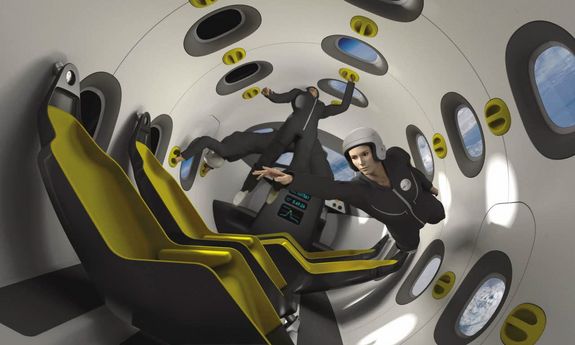
Breaking News
 Watch Live: President Trump and UK PM Hold Joint Press Conference
Watch Live: President Trump and UK PM Hold Joint Press Conference
 JUST IN: President Trump, JD Vance, Tucker Carlson, Trump Admin Officials...
JUST IN: President Trump, JD Vance, Tucker Carlson, Trump Admin Officials...
 Fugitive Vaccine Researcher Behind Infamous "No Autism Link" Study ARRESTED...
Fugitive Vaccine Researcher Behind Infamous "No Autism Link" Study ARRESTED...
 A stable father figure is essential for raising mature citizens
A stable father figure is essential for raising mature citizens
Top Tech News
 This "Printed" House Is Stronger Than You Think
This "Printed" House Is Stronger Than You Think
 Top Developers Increasingly Warn That AI Coding Produces Flaws And Risks
Top Developers Increasingly Warn That AI Coding Produces Flaws And Risks
 We finally integrated the tiny brains with computers and AI
We finally integrated the tiny brains with computers and AI
 Stylish Prefab Home Can Be 'Dropped' into Flooded Areas or Anywhere Housing is Needed
Stylish Prefab Home Can Be 'Dropped' into Flooded Areas or Anywhere Housing is Needed
 Energy Secretary Expects Fusion to Power the World in 8-15 Years
Energy Secretary Expects Fusion to Power the World in 8-15 Years
 ORNL tackles control challenges of nuclear rocket engines
ORNL tackles control challenges of nuclear rocket engines
 Tesla Megapack Keynote LIVE - TESLA is Making Transformers !!
Tesla Megapack Keynote LIVE - TESLA is Making Transformers !!
 Methylene chloride (CH2Cl?) and acetone (C?H?O) create a powerful paint remover...
Methylene chloride (CH2Cl?) and acetone (C?H?O) create a powerful paint remover...
 Engineer Builds His Own X-Ray After Hospital Charges Him $69K
Engineer Builds His Own X-Ray After Hospital Charges Him $69K
 Researchers create 2D nanomaterials with up to nine metals for extreme conditions
Researchers create 2D nanomaterials with up to nine metals for extreme conditions
Spaceplane: Suborbital Vehicle for Space Tourism & Science

The vehicle, being developed by Airbus, Europe's biggest aerospace manufacturer, is intended to carry four passengers as high as 100 kilometers (62 miles) by taking off and landing at a conventional airport.
The vehicle will operate in between the usual altitude of airplanes and satellites, Airbus stated, which will open up a different market. The space plane could be used as a "point-to-point" transfer service or instead do experiments and work in an area of space not heavily occupied by other vehicles.
During a typical flight, a rocket engine will ignite at about 12 km (7.5 miles) to bring it up to the operational flight. Weightlessness will last for "some minutes" at the top of the flight arc. The plane will then slow down and ignite the engines again for a landing on a runway.



